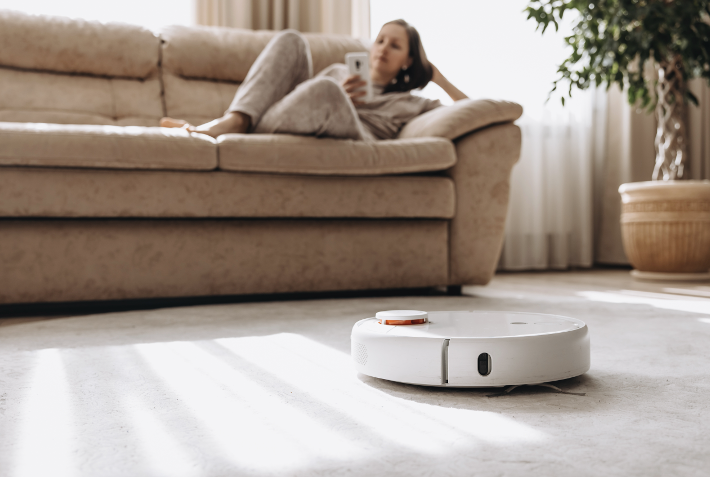
Genomics and Health: Understanding Your DNA for Better Health.
Home robots have long been a staple of science fiction, but in recent years, they have become a reality, offering a range of services from cleaning to companion care. In this article, we'll explore the rise of home robots, their current capabilities, and their potential to revolutionize our daily lives.

Companion and Entertainment: Home robots are also being developed to provide companionship and entertainment. Social robots, such as Pepper and Jibo, are designed to interact with humans in a natural and engaging way, using speech recognition, facial recognition, and expressive gestures to communicate and respond to human emotions. These robots can serve as companions for the elderly or individuals living alone, providing conversation, entertainment, and even reminders for medication or appointments.
Security and Surveillance: Some home robots are equipped with cameras and sensors to provide security and surveillance capabilities. These robots can patrol the home, detect intruders or unusual activity, and send alerts to homeowners or authorities if necessary. Additionally, robot guards can be programmed to monitor outdoor areas, such as gardens or driveways, providing an extra layer of security for homeowners.
Education and Learning: Home robots are also being used as educational tools for children and adults alike. Educational robots, such as the Cozmo and Dash robots, can teach programming and coding skills through interactive games and activities. These robots can also provide lessons in subjects like math, science, and language arts, making learning fun and engaging for users of all ages.
Healthcare and Assistance: In the healthcare sector, home robots are being developed to provide assistance and support for individuals with disabilities or chronic conditions. Assistive robots can help with tasks such as mobility assistance, medication management, and personal care, enabling greater independence and autonomy for users. Additionally, home robots can be used for telepresence, allowing healthcare providers to remotely monitor patients and provide care from a distance.
While home robots offer many benefits and conveniences, they also raise important ethical and social considerations. Questions about privacy, data security, and the potential displacement of human workers must be addressed as home robots become more prevalent in our daily lives. Additionally, concerns about the ethical treatment of robots and their impact on human relationships and social interactions warrant careful consideration as we integrate these technologies into our homes and communities
In conclusion, home robots have the potential to revolutionize the way we live, work, and interact with technology in our daily lives. From cleaning and household chores to companion care and security, home robots offer a wide range of services that can improve convenience, safety, and quality of life for individuals and families. As technology continues to advance, home robots will undoubtedly play an increasingly prominent role in our homes and communities, shaping the future of our digital society.